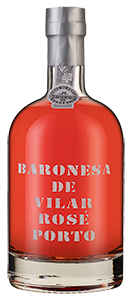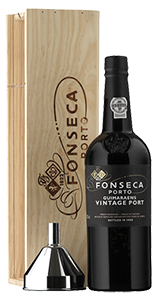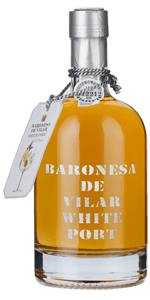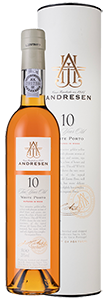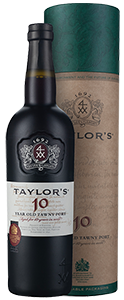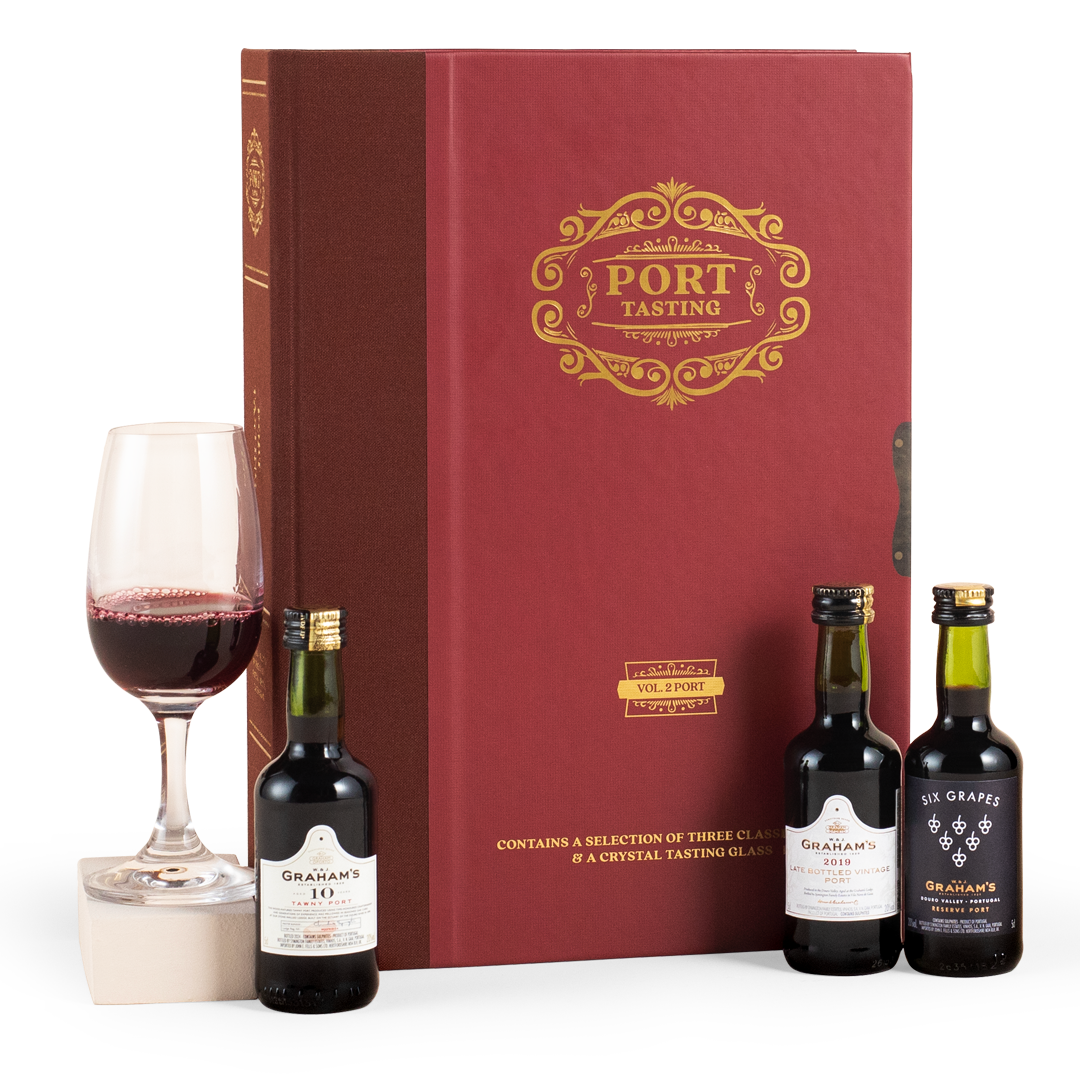Filter by
- From one of Portugal’s top names comes this flavour-packed red. Inky dark and velvet smooth£9.99 per bottleSAVE £3.00
- £10.99 per bottleSAVE £1.00
- Intense, rich Grande Reserva from the Douro and a 15th-generation family. Packed with flavour£25.00 per bottleSAVE £5.00
- Rich, luscious Late Bottled Vintage Port from a long-established, family-run port house£17.99 per bottleSAVE £2.00
- A very fragrant, pretty style of port, full of summer berries. Chilled in summer, a real delight£9.99 per bottleSAVE £3.00
- Elegant, beautifully presented 2012 Vintage port – rich, powerful and polished£33.00 per bottleSAVE £5.00
- £25.00 per bottleSAVE £5.00
- Gorgeously rich Douro red from a port master! Velvet smooth and full of black fruit and spice£11.99 per bottleSAVE £4.00
- Ready to sip and savour ruby port from one of the last truly family owned shippers£13.99 per bottleSAVE £5.00
- White port given a modern makeover by a top Douro family. A perfect base for a sundown cocktail£9.99 per bottleSAVE £3.00
- Gorgeously rich Douro red from a port master! Velvet smooth and full of black fruit and spice£11.99 per bottleSAVE £4.00
- £14.99 per bottleSAVE £7.01
- Unique and delicious! Hand-harvested, carefully aged discovery – the first of its kind from Andresen£16.99 per bottleSAVE £2.00
- Taylor’s superb 10-year-old Tawny port, with all its layers of mellow fruit and toasty complexity£25.00 per bottleSAVE £5.00
- The tastiest introduction to the world of Port, courtesy of the famous Graham’s Port house£25.00
- Wonderfully mellow Tawny port from the impressive Taylor estate, with the Averys stamp of approval£18.99 per bottle
- Top-quality Vintage port from Fonseca – a gorgeously dense, exuberant 2000 with 95 points to its nam£90.00 per bottle
- Ready for drinking, it boasts lavish velvety flavours of deep cherry, plum and chocolatey spice£18.99 per bottle
- Vintage port at its finest – the 96-point 2003 from Croft. One to tuck away for a few more years yet£70.00 per bottle
- Showing (1 to 19 of 19)
1
Page 1 of 1
Wine FAQs
Where is Douro?
The Douro is a wine region in northern Portugal, centred around the Douro River. It stretches from the Spanish border, almost to the coastal city of Porto. The region lies in the historical province of Trás-os-Montes and is protected by the Marão and Montemuro mountain ranges. It’s often divided into three sub-regions – the westernmost Baixo Corgo, the central Cima Corgo, and the easternmost Douro Superior, which extends to the Spanish border.
The region has a predominantly continental climate that plays a significant role in the character of its wines. Summers tend to be hot and dry, while winters are cold and often wet. This significant seasonal temperature variation allows the grapes to maintain balanced acidity while developing full, rich flavours.
The landscape of the Douro is unique and strikingly beautiful. Vineyards are planted on the terraced hillsides that overlook the Douro River. The soil here is rocky and poor, forcing the vine roots to dig deep to find water and nutrients, contributing to the grape’s concentrated flavours.
The beauty of the Douro Valley, with its terraced plantations and long history of winemaking, saw it classified as a World Heritage site in 2001.
Why buy Douro wine?
Portugal’s most famous wine region, Douro, is home to some of the country’s finest wines. The Douro region, while famous for its sweet, rich fortified wine known as Port, is also home to winemakers who craft exceptional red and white wines. The reds are known for their robust, complex character while the whites are typically fresh, vibrant and aromatic.
Douro is one of Portugal’s most beautiful wine regions and was designated a UNESCO World Heritage Site in 2001. Its long winemaking tradition has created a stunning and distinctive landscape, characterised by terraces etched into steep hillsides punctuated by wine-producing estates and small villages.
What is Douro’s wine history?
Douro has a long history of winemaking, dating back to the time of the Romans in the 3rd to 4th century.
However, it wasn’t until the 17th and 18th centuries that the region rose to international fame with the production of Port wine. This sweet, fortified wine became popular in England due to trade relationships between the two countries. As a result of this popularity and the economic value of Port production, Douro became the first wine region in the world to receive formal demarcation in 1756. This established consistency and quality standards for wines from this area.
For much of its history, the region focused heavily on the production of Port wine. However, in the latter part of the 20th century, there was a shift toward the production of table wines. This period also saw innovation and improvement in winemaking techniques.
Douro is Portugal’s oldest classified wine region, famous worldwide for its high-quality wines and steeped in history and winemaking innovation. It was awarded Portugal’s highest classification – Denominação de Origem Controlada (DOC) – in 1979.
What grapes are grown in the Douro region?
The Douro region in Portugal is home to many native grape varieties, which are used in the making of its Port wine. The key grapes grown include Touriga Nacional, Touriga Franca, Tinta Roriz (also known as Tempranillo in other parts of the world), Tinta Barroca and Tinto Cao. Touriga Franca is the region’s most widely planted grape variety, while Touriga Nacional is regarded as Portugal’s finest red grape. It is one of the main grapes used for Port wine production but also creates superb, full-bodied red wines with intense colour and flavours of dark fruit and floral notes.
For Douro’s premium table wines, several international varieties are grown in the region, including Gewürztraminer, Sauvignon Blanc and Cabernet Sauvignon.
What are Douro’s main wine regions?
This Douro region is typically divided into three subregions from west to east: Baixo Corgo, Cima Corgo and Douro Superior.
Baixo Corgo is the western subregion and closest to the coast, making its climate typically mild and wet. Although this region was the first to be planted with 14,000 hectares of vines, its wines are considered less premium than those from Cima Corgo and Douro Superior. Table wines are the most common export, and the region’s easy accessibility makes it the perfect location for mass production.
The middle region is Cima Corgo and is the largest Douro subregion with 19,000 hectares of vines. This steep, hilly region is centred on the village of Pinhão and is responsible for over half of Douro’s total wine production. Cima Corgo is home to some of Portugal’s most premium Vintage Port wines.
Douro Superior is the most eastern subregion, stretching across to the Spanish border. Although smaller than Baixo Corgo and Cima Corgo with only 8,700 hectares of vines, many of this region’s wines are considered high-quality.
What famous wine comes from Douro?
Douro’s, and indeed Portugal’s, most famous wine is Port. Port wine is a sweet fortified wine renowned for its rich, full-bodied character. Typically served after dinner or with dessert, this fortified wine is a blend of native red grapes: Touriga Nacional, Touriga Franca, Tinta Roriz, Tinta Barroca, Tinto Cao and Tinta Amarela. Neutral grape spirit is added to arrest fermentation, resulting in a fortified red wine with flavours of ripe bramble berries, baking spices and chocolate, with balancing bitter hints.
Port wines come in a range of styles, but the two most popular are Ruby Port and Tawny Port. Ruby Port is fruity, vibrant and typically enjoyed young, with flavours of raspberry, blackberry, caramel, cinnamon and chocolate. Tawny Port has similar flavours of raspberry and spices, but additional hints of hazelnut, clove and fig develop as the wine ages and oxidises in oak barrels over a number of years.
Technically a Ruby Port, Rosé Port is the latest style of this fortified wine. This style is made in a similar way to rosé wine, where the red grape skins have minimal contact with the grape juices to produce fortified wines in a beautiful, jewel-toned pink colour with lighter, sweeter hints of strawberry and cranberry sauce.
Douro is also home to White Port, a white fortified wine made from native Portuguese grapes, including Rabigato, Malvasia, Viosinho and Gouveio. These Ports can be made in more diverse styles than their red siblings, from bone dry to lusciously sweet. White Ports offer juicy stone fruit flavours such as apricot and baked apple, along with hints of citrus and sweet toasted nuts.
Not to be overlooked, vintage Port represents one of the most revered styles in Douro. These ports are renowned for their ageing potential, developing more complex flavours in the bottle over decades.
What non-fortified wines come from Duoro?
Douro’s red table wines take a backseat to the popular fortified Port wines, but this doesn’t mean they aren’t worthy of attention. Also known as Tinto Douro, these inky wines are typically dry, full-bodied and powerful. They have concentrated flavours of ripe black fruits, vanilla and toasted spices, plus hints of pepper, coffee and violet – a result of the grapes spending long days hanging in the sun.
White Douro wines are known locally as Douro Branco. Winemakers make these pale-yellow wines from a mix of native and international grapes, depending on their location in the region. These wines are bright, aromatic and lively, with a crisp acidity and refreshing finish. Typical complex flavours include zingy citrus, green apple, juicy tropical fruits and white blossom.
What foods can I pair with Douro wines?
Douro wines, both red and white, pair exceptionally well with a wide array of dishes due to their robust flavours, balanced acidity, and, in the case of Port, sweetness.
Port wine, with its sweetness and high alcohol content, is traditionally served as a dessert wine. It pairs perfectly with blue cheeses like Stilton or Roquefort and desserts that aren’t too sweet, including dark chocolate and nut-based desserts. With its nutty flavours, Tawny Port pairs well with crème brûlée or apple pie. White Port makes a wonderful aperitif and can be served with olives, charcuterie or almonds.
The full-bodied and robust red wines from Douro, including those made from Touriga Nacional and Tinta Roriz, pair well with hearty meat dishes. Think of dishes such as beef stew, roast lamb or Portuguese specialties such as Cozido à Portuguesa, a traditional boiled meat dish.
Crisp and aromatic Douro white wines complement lighter dishes such as seafood, grilled fish or a traditional salted cod dish (Bacalhau). They also work well with salads and light pasta dishes.
Remember, the best pairing is the one you enjoy the most, so feel free to experiment!






